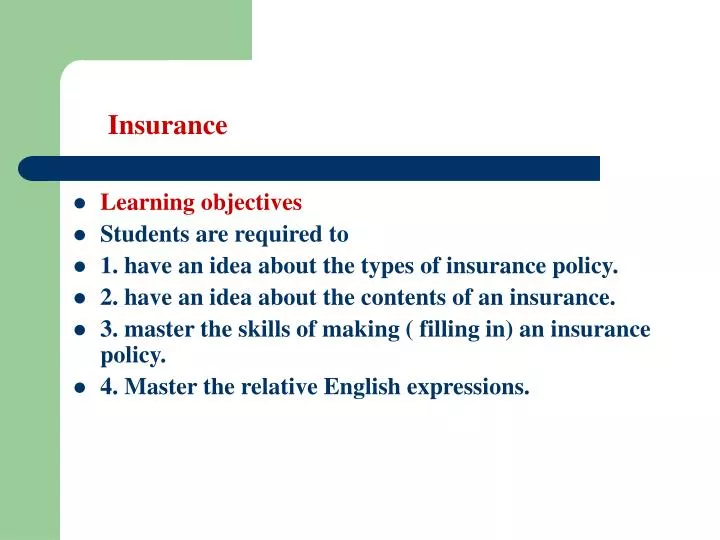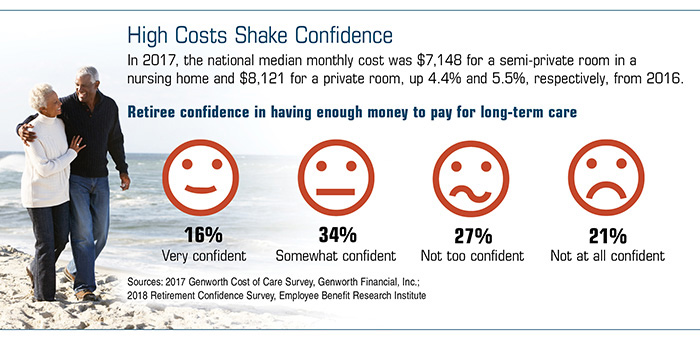Pacific Prime - Questions
The Definitive Guide for Pacific Prime
Table of ContentsThe Pacific Prime Ideas5 Easy Facts About Pacific Prime DescribedTop Guidelines Of Pacific PrimeThe 3-Minute Rule for Pacific Prime7 Easy Facts About Pacific Prime Explained

This is because the data were gathered for a period of solid economic efficiency. Of the approximated 42 million people that were without insurance, just about concerning 420,000 (about 1 percent) were under 65 years old, the age at which most Americans end up being qualified for Medicare; 32 million were adults between ages 18 and 65, around 19 percent of all grownups in this age; and 10 million were youngsters under 18 years of age, regarding 13.9 percent of all kids (Mills, 2000).
These quotes of the variety of persons without insurance are produced from the annual March Supplement to the Current Population Study (CPS), performed by the Census Bureau. Unless or else noted, national quotes of people without medical insurance and proportions of the populace with different type of coverage are based upon the CPS, one of the most commonly utilized resource of price quotes of insurance coverage and uninsurance prices.
The Greatest Guide To Pacific Prime

Still, the CPS is especially helpful since it creates annual estimates fairly swiftly, reporting the previous year's insurance protection estimates each September, and due to the fact that it is the basis for a constant collection of price quotes for greater than twenty years, allowing for evaluation of patterns in coverage gradually. For these factors, in addition to the extensive usage of the CPS in other research studies of insurance coverage that are provided in this record, we count on CPS estimates, with restrictions noted.

The estimate of the variety of without insurance individuals broadens when a population's insurance policy condition is tracked for numerous years. Over a three-year duration beginning early in 1993, 72 million people, 29 percent of the U.S. https://experiment.com/users/pacificpr1me. population, were without protection for a minimum of one month. Within a single dig this year (1994 ), 53 million people experienced at the very least a month without coverage (Bennefield, 1998a)
Six out of every ten uninsured grownups are themselves utilized. Working does boost the probability that one and one's household participants will have insurance policy, it is not a guarantee. Also participants of households with 2 full time breadwinner have practically a one-in-ten possibility of being without insurance (9.1 percent uninsured price) (Hoffman and Pohl, 2000).
The Single Strategy To Use For Pacific Prime
New immigrants make up a considerable percentage of individuals without medical insurance. One evaluation has actually attributed a considerable part of the current growth in the size of the united state uninsured population to immigrants who showed up in the country in between 1994 and 1998 (Camarota and Edwards, 2000). Recent immigrants (those that came to the United States within the past four years) do have a high price of being without insurance (46 percent), however they and their kids make up simply 6 percent of those without insurance across the country (Holahan et al., 2001).
The relationship between health and wellness insurance policy and accessibility to care is well established, as documented later on in this phase. Although the relationship between health and wellness insurance and health and wellness results is neither straight neither basic, an extensive medical and wellness solutions research study literature web links medical insurance protection to enhanced access to care, far better quality, and boosted individual and population health status.
Degrees of analysis for examining the impacts of uninsurance. This conversation of wellness insurance protection focuses mainly on the U.S. population under age 65 due to the fact that basically all Americans 65 and older have Medicare or other public protection. Moreover, it focuses specifically on those without any kind of medical insurance for any size of time.
Some Known Details About Pacific Prime
The troubles dealt with by the underinsured are in some respects comparable to those faced by the uninsured, although they are typically much less severe. Health insurance, nonetheless, is neither essential neither enough to acquire access to clinical solutions. The independent and straight result of health insurance policy protection on access to wellness services is well developed.
Others will obtain the wellness care they need also without wellness insurance, by spending for it out of pocket or seeking it from companies who use care complimentary or at very subsidized rates. For still others, wellness insurance coverage alone does not ensure invoice of care as a result of various other nonfinancial obstacles, such as an absence of health and wellness treatment companies in their area, restricted access to transportation, illiteracy, or linguistic and cultural differences.
How Pacific Prime can Save You Time, Stress, and Money.
Formal study concerning without insurance populaces in the United States dates to the late 1920s and early 1930s when the Committee on the Cost of Healthcare created a collection of records regarding funding doctor workplace gos to and hospitalizations. This issue came to be significant as the varieties of clinically indigent climbed up during the Great Anxiety.